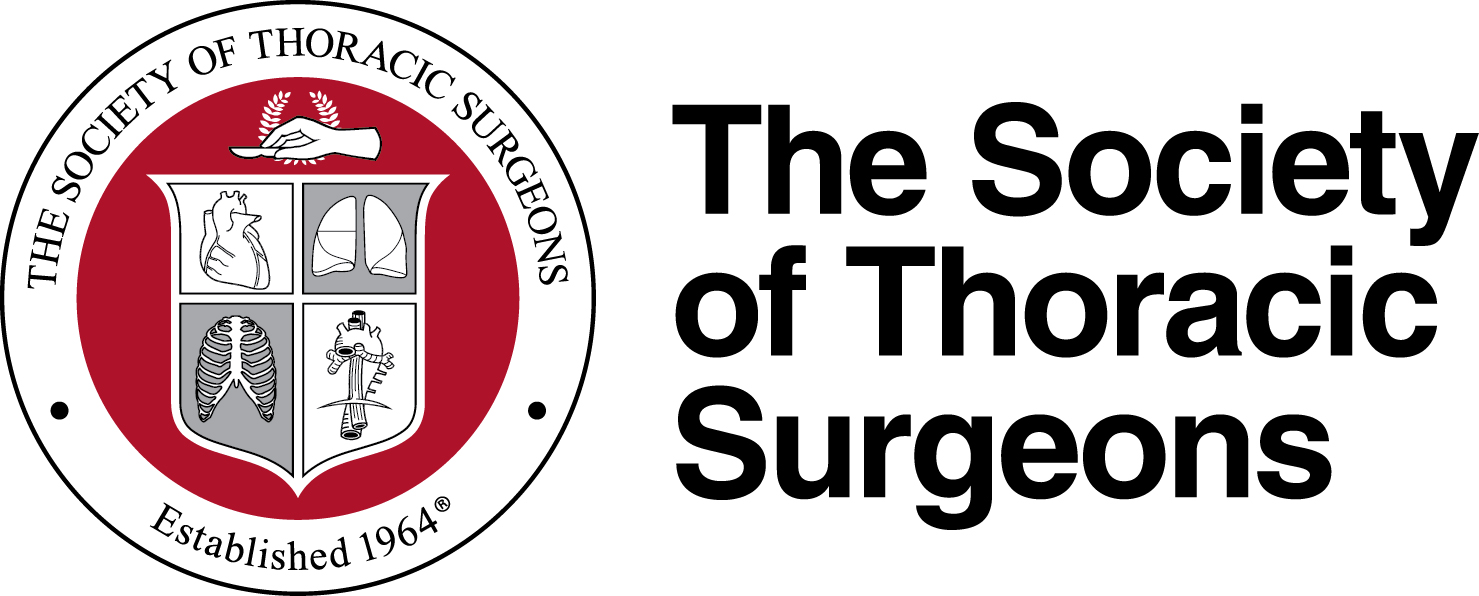Press conference: Tuesday, January 29, 2013, at 10:00 a.m. PT Room 512, Los Angeles Convention Center
Newswise — Los Angeles—Lungs from carefully selected donors with a heavy smoking history can be used with good results in adult, double-lung transplants, according to a study released today at the 49th Annual Meeting of The Society of Thoracic Surgeons held at the Los Angeles Convention Center.
Sharven Taghavi, MD, Yoshiya Toyoda, MD, PhD, and colleagues from Temple University Hospital in Philadelphia analyzed data from 5,900 double-lung transplant recipients recorded in the United Network for Organ Sharing database between 2005 and 2011 to study the risk of double-lung transplants using lungs donated from heavy smokers. Transplants from heavy smokers composed 13% (766) of the double-lung transplants studied. A heavy smoking history is defined as at least a pack a day for more than 20 years.
The researchers found that patients who received lungs from carefully selected donors with a history of heavy smoking had similar short- and medium-term survival compared with patients who received donor lungs from non-heavy smoking donors. Lung function was not worse when using heavy smoking donors, and the number of deaths due to malignancy was not different.
Lung transplantation has been shown to be an effective treatment for end-stage lung disease; however, this treatment is limited by a critical shortage of donor organs. “Our findings demonstrate that the current criteria for lung transplantation can potentially be revised to include donors with a heavy smoking history. This may help decrease the shortage of donor lungs and decrease waiting list mortality,” explained Dr. Taghavi.
Key Points• Double-lung transplants can be successful with donor lungs from heavy smokers.• Short-term and long-term survival rates are not necessarily impacted by donor smoking status.• Death from malignancy is no greater in recipients who received lungs from carefully selected heavy smokers.Page 2 of 2
Lung transplants are performed on people who are likely to die from lung disease within 1 to 2 years, according to the National Heart, Lung, and Blood Institute (NHLBI). More than 1,600 people were on the Organ Procurement and Transplantation Network waiting list for lung transplant at the end of 2012. Although the number on the waiting list varies, NHLBI reports that only half will receive a transplant in a given year. NHLBI also reports that double-lung transplants now outnumber single-lung transplants.
Transplantation guidelines recommend against using lungs from donors with a history of heavy smoking, but Dr. Taghavi said that lungs from a heavy smoker may be accepted by a transplant surgeon in special situations. “For example, a surgeon may choose to transplant lungs from a healthy donor who has good lung function despite heavy smoking, or lungs may be accepted from a less than ideal donor for a very sick patient,” he said.
When asked about the potential for a recipient developing lung cancer in the donated lungs, Dr. Toyoda explained: “Donor smoking history obtained at the time of procurement may not always be accurate, so lungs from heavy smokers must be carefully evaluated. We recommend a CT scan for evidence of tumors and emphysema in addition to routine assessment including blood gas, bronchoscopy, and visual inspection.”
He added that communication is also very important. “We need to discuss with potential recipients the possible higher risk of developing lung cancer and obtain an informed consent specific for heavy smoking history,” he said.
###
For a copy of the abstract, e-mail STS Media Relations at [email protected] or call 312-202-5865. Between 1/25/13 and 1/30/13 call Cassie Brasseur’s mobile at 319-621-3770 or Samantha McCarthy’s mobile at 630-220-1342.
Founded in 1964, STS is a not-for-profit organization representing more than 6,600 cardiothoracic surgeons, researchers, and allied health professionals worldwide who are dedicated to ensuring the best possible outcomes for surgeries of the heart, lung, and esophagus, as well as other surgical procedures within the chest. The Society’s mission is to enhance the ability of cardiothoracic surgeons to provide the highest quality care through education, research and advocacy.
The STS Annual Meeting is one of the largest cardiothoracic surgery meetings in the world. The 2012 STS Annual Meeting attracted 4,700 registrants, including 2,300 cardiothoracic surgery professionals.
MEDIA CONTACT
Register for reporter access to contact detailsCITATIONS
49th Annual Meeting of The Society of Thoracic Surgeons
